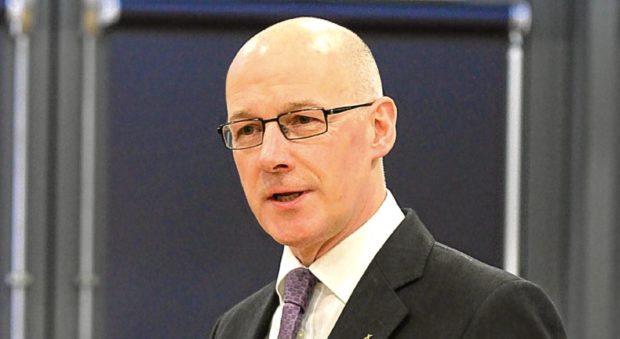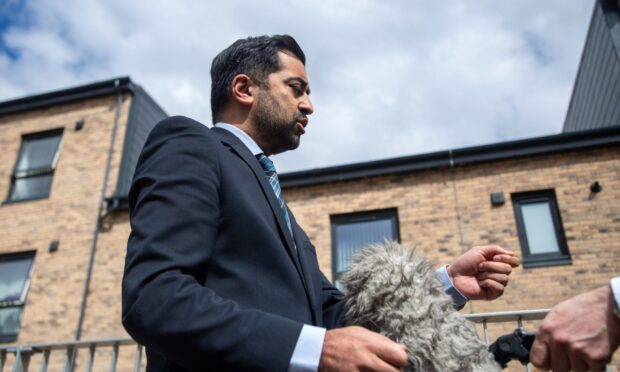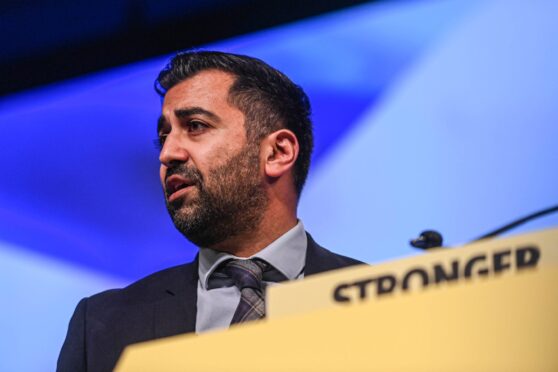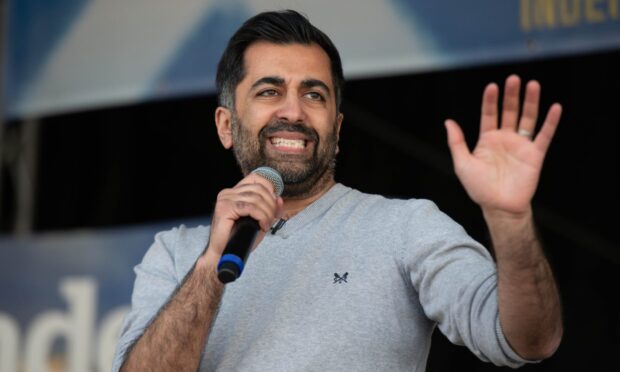A third of youngsters in the Education Secretary’s back yard left primary school without achieving expected standards in literacy, new figures show.
Only 66% of P7 pupils in Perth and Kinross — in Deputy First Minister John Swinney’s constituency — reached the base level in literacy.
An attainment gap saw 59% from the most deprived parts of the country obtain the floor Curriculum for Excellence target, compared with 83% in the richest.
Liz Smith, the Scottish Conservative education spokeswoman, said: “These literacy figures aren’t just bad news for the prospects of youngsters, but bad for the future economy too.”
Overall, the CfE performance figures show an improving picture in reading, writing, numeracy and listening and talking disciplines for P7 pupils across the country.
The total of 24,899 FTE primary teachers is the highest since 1980, the Scottish Government said.
Teacher numbers, including at secondary and those working in early learning and childcare centres, are the largest they have been since 2010 at 51,959.
Dundee was one of the few areas to see a fall in the number of teachers since 2012, which was partly attributed to school mergers.
Stewart Hunter, the SNP councillor in charge of Dundee education, said: “We have some issues in some schools with filling teacher vacancies, but actually we are in a much better position than we have been for a long time.”
Mr Hunter added he is “disappointed” the city cannot lower the class size limit for younger pupils.
Dundee has the lowest proportion of P1-P3 pupils in classes of 18 or fewer for the fifth year in a row.
That cap was a key SNP manifesto pledge in 2007, but was abandoned four years later when limits of 25 pupils per class at P1 were brought in.
Mr Hunter said they took a “budget decision” to increase the limit to 25, which is in line with the legislation. It was also made to avoid legal challenges, he added.
“It’s a disappointment for me,” he said.
“It’s something we would have liked to continue, the class sizes of 18, but for us at the moment we are sticking with the 25 (limit) and that’s what works for us.”
Referring to CfE performance, Mr Swinney said: “There is an increased proportion of primary pupils assessed as achieving the expected levels of Curriculum for Excellence by up to four percentage points.
“This coincides with the first year of our £120 million Pupil Equity Fund.
“While it is too early to draw direct conclusions from this data, I am encouraged to see the attainment gap has also narrowed slightly.”










